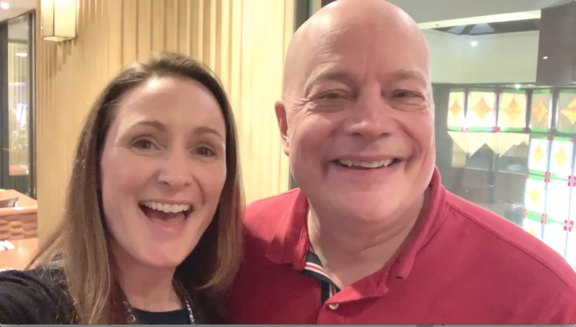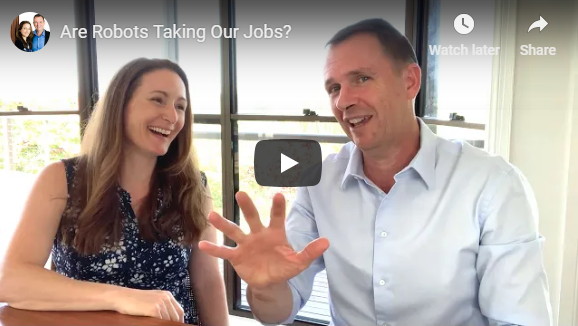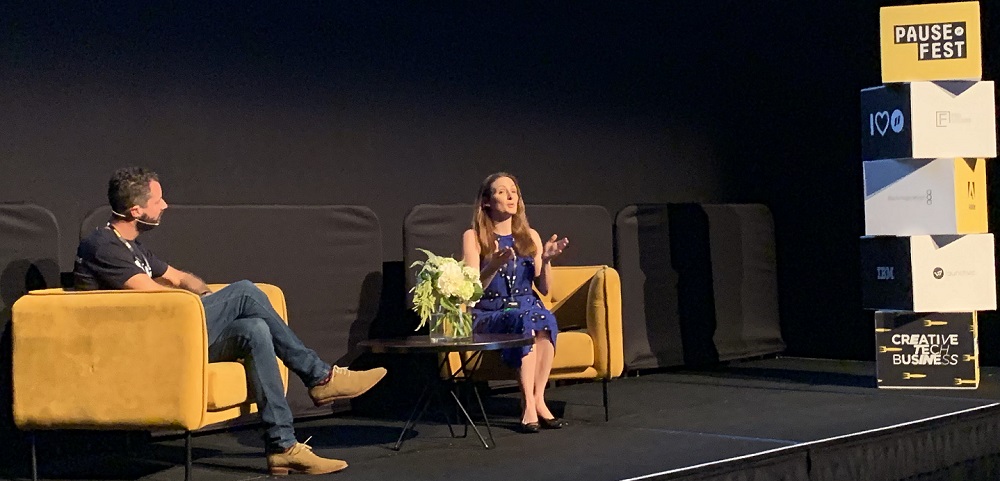Now is the time to start future-proofing your online business, so that your SEO results can be found and delivered across a range of places. Today Jason Barnard shares with us his key future-proofing insights for any website!
As I’m sure you know, searching on the internet isn’t just done on a desktop anymore. There’s mobile devices and tablets of course. But there’s also a big rise of voice search with many different devices and appliances coming online.
This will also affect future SEO and rankings of websites, so in this interview we look at ways of preparing now and future proofing your websites!
Liz Raad: Today I’m here with Jason Barnard and I have just heard an amazing presentation from him at the Search Marketing Summit. He’s talking about future proofing your blog posts. So, can you give us a quick run-down of what you covered?
Think “Branded Website” and “Blocks” Instead of Web Pages
Jason Barnard: Well, the central point (and it’s a different way of looking at the internet in general), is thinking about blocks. Everything comes down to blocks now. We’re no longer thinking about pages, and this comes from Jono Alderson who works at Yoast. And the idea that we’ve traditionally thought of pages and websites, we’re now thinking of a branded website.
Think “Individual Blocks” when looking at website renovations…
So, that website is a block. In that block we have categories which are blocks. Within those categories you have pages which are blocks. Within those pages, we have sections of the page which are blocks. And within the content of your page (so heading with a paragraph, a subheading with another paragraph etc.); those are blocks too.
So whatever level you’re looking at it – we’re looking at blocks, and you have to think in blocks. And Google is now indexing the web in blocks. It’s not indexing pages (well it’s still indexing pages), but it’s now starting to index as blocks. When you see the featured snippet at the top of the page it’s a block that it’s bringing up. It’s not part of the page, it’s a block.
So, a page does not get a featured snippet, a page will get ranked in the normal results. A block will get the featured snippet.
And this is a part of organizing your content really well, so that Google can read it and create that featured snippet from it.
Featured Snippets and Voice Searches
Liz: That was a really interesting point that you made getting that. How to get on the featured snippets and that’s something really important for voice search as well isn’t it? And if you’re in the featured snippet, you’re probably going to be in the voice search as well.
Jason: Exactly. And I’m looking at it from the point of view we’ve traditionally optimized to try to be in the top 10 results which is vertical. And we’re now optimizing increasingly to be the number one result of the featured snippet in this case but on multiple devices so it’s more horizontal.
The Future Job Of SEO Agencies…
Jason Barnard: So, my job as an SEO’er is not to get in the top 10 on one page, on one device. It’s to get number one on ten different devices. That’s a great conclusion isn’t it!?
So if you want to learn more about this then check out Jasons Podcast: SEO is AEO podcast #SEOisAEO and you’ll find more there. Jason has 50 episodes up now with incredibly intelligent guests who tell me all their secrets. And I then share them with you!
To find out more about Jason, his SEOisAEO podcast can be found here: https://jasonbarnard.com/seoisaeo-podcast/
These are such great tips on a new way of looking at SEO and website design that Jason shared with us today, and something that I think we should all start to be thinking about now when we are producing content for our online businesses.




